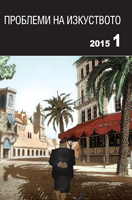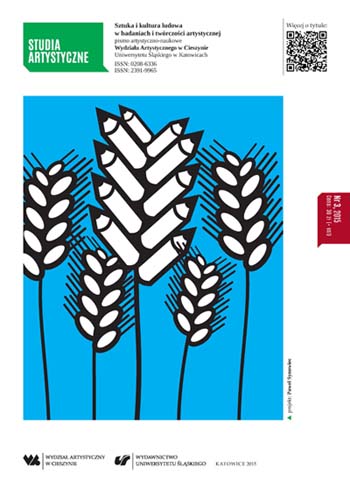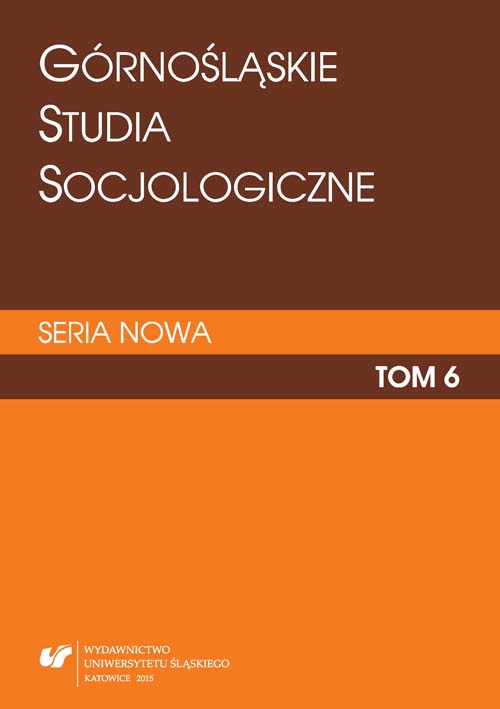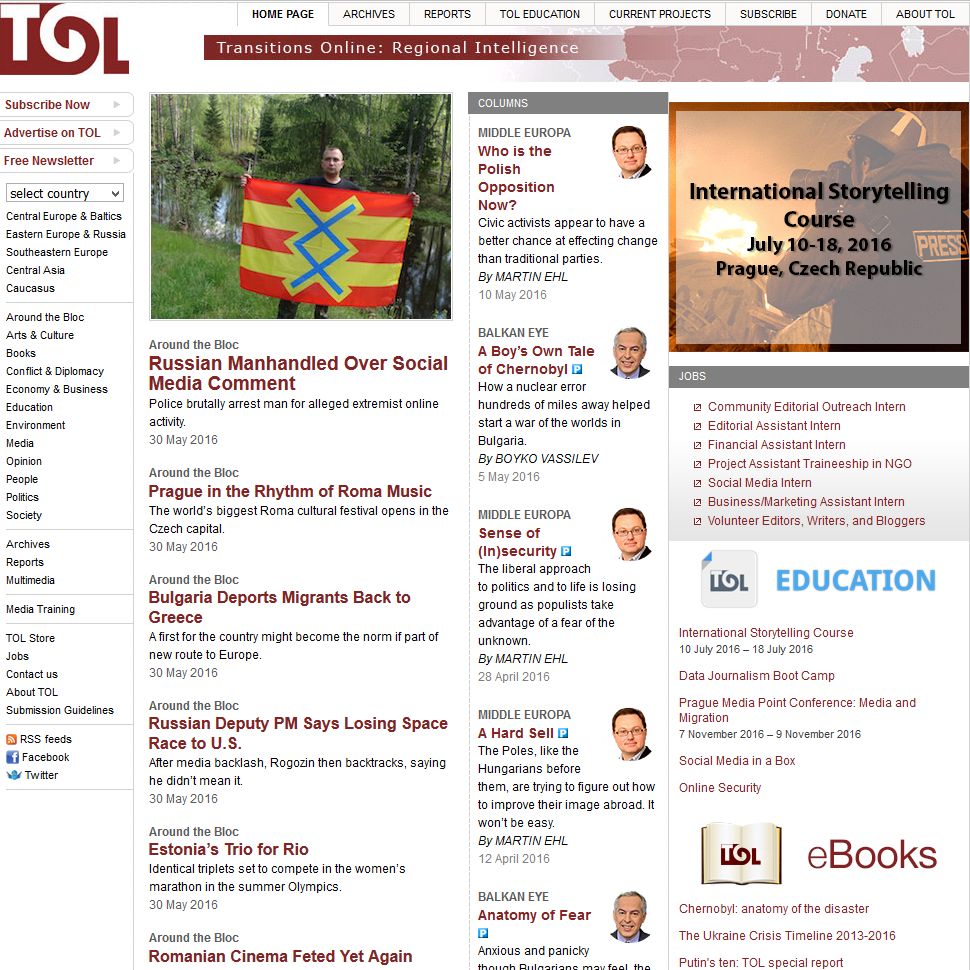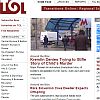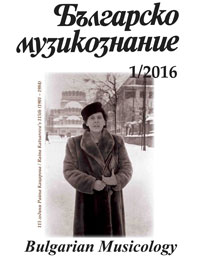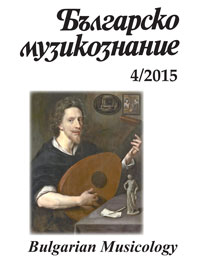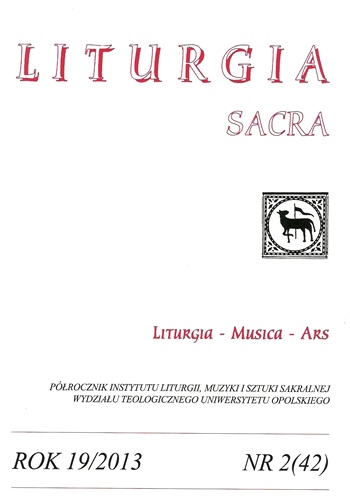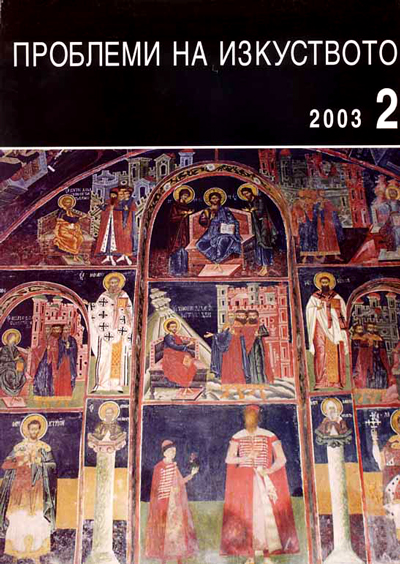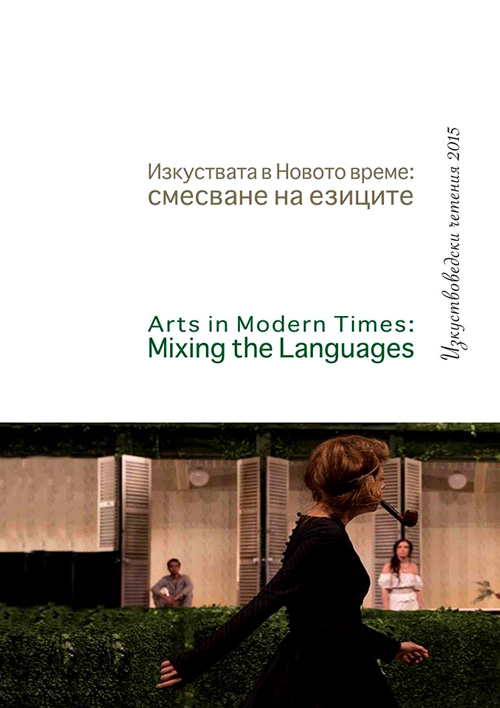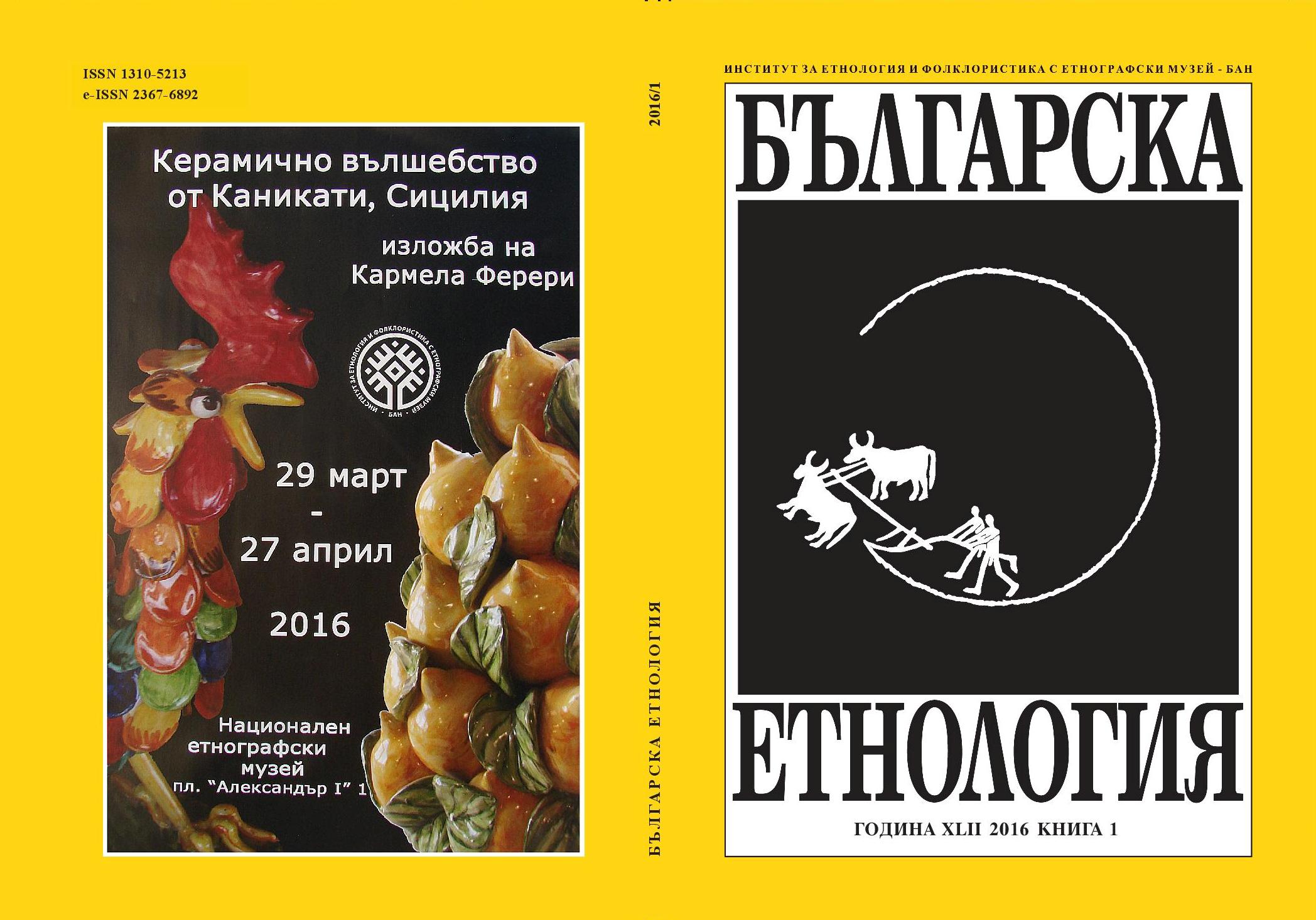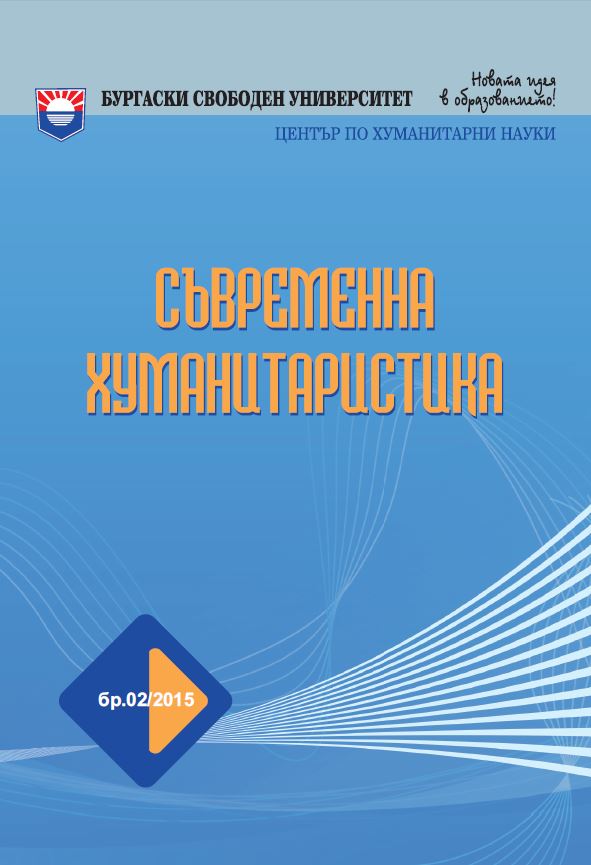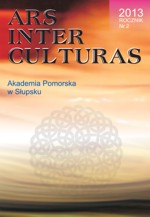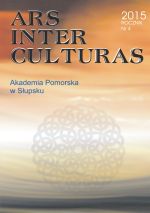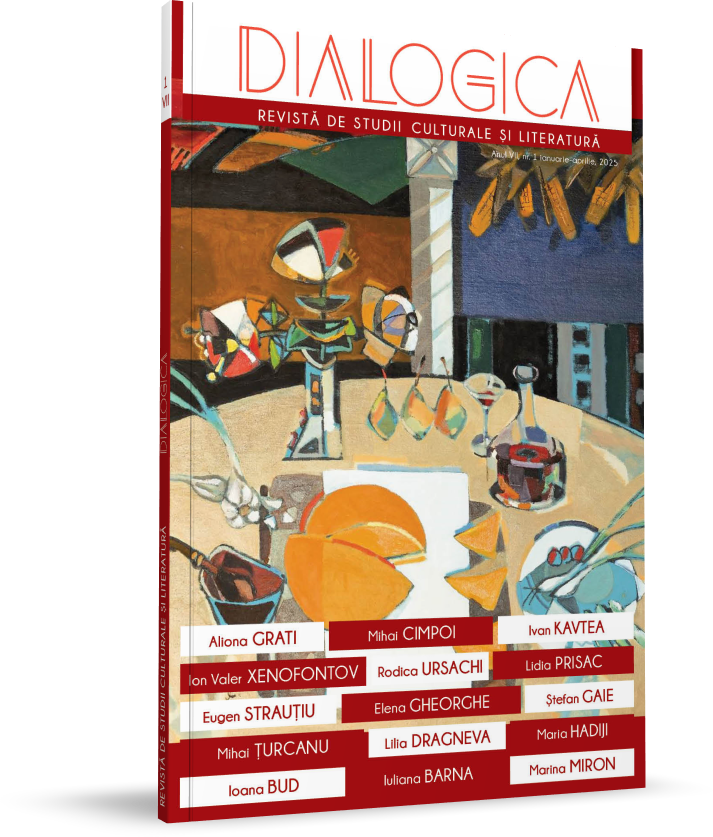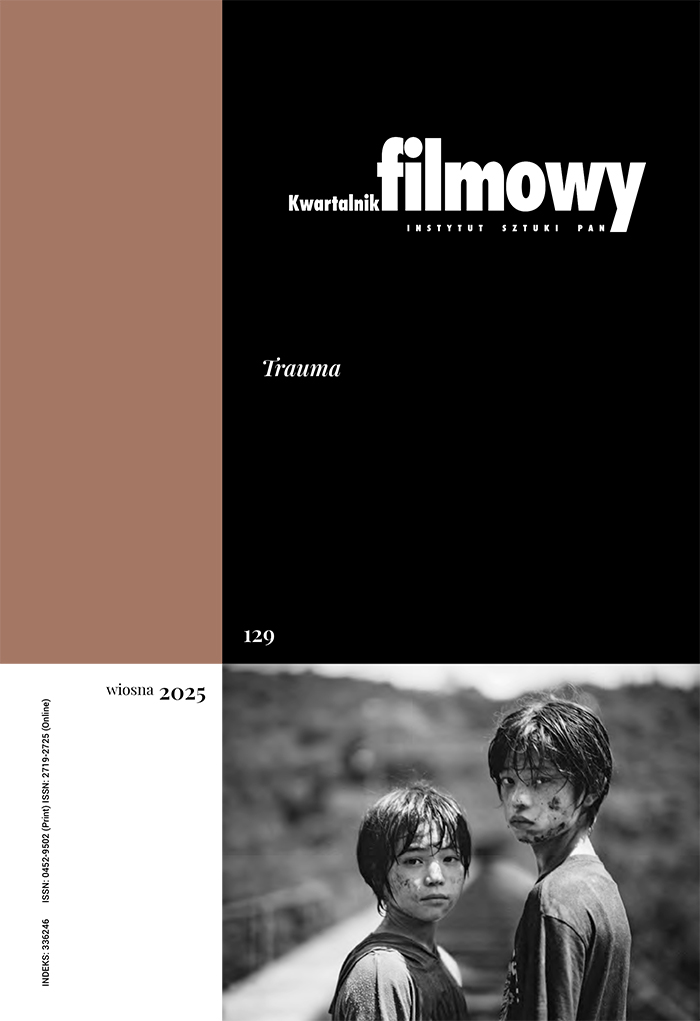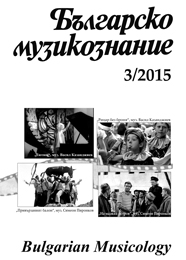
Богослужебната приложимост на българските акапелни композиции по православни текстове от края на ХХ и началото на ХХI век. Каноничната литургично-музикалнa конструкция
The issue of the liturgical applicability of new a cappella pieces to Orthodox lyrics was addressed for the first time in Bulgaria’s original music during the 1970s (when in an atheistic period, interest in Old-Bulgarian musical legacy was revived) to become especially relevant to composers’ work following 1989, when with the ideological changes in the polity, a number of professionals turned to this area. An important indicator of this are the discrepancies between the ecclesiastical norm that has inherited the traditions of Christian religious rite and the intentions of contemporary Bulgarian composers trained in terms of the ‘aesthetical’ and ‘topical’ and not necessarily familiar with the specifics of Orthodox liturgics. Witting or unwitting disregard for the canon indicates in no uncertain terms a denial of a liturgical life for a piece. Consequently, compliance of the new works with the canonical liturgical musical construction could be deemed to be a major criterion for the liturgical applicability of the new choral compositions. The difference in regard to the liturgical structure is best discernible in the building of a bigger liturgical form (Divine Liturgy or Great Vespers), having a hypothetical potential for whittling it down to a cyclic music composition. A typical sign of this is the striving to incorporate a number of specific exclamations and acclamations of the liturgical form into larger music parts, assigning these a role of structural musical transitions, foreign to Orthodox liturgy. The article deals with pieces by Philip Koutev, Marin Goleminov, Alexander Raychev, Zdravko Manolov, Dimitar Tapkoff Stoyan Babekov, Velislav Zaimov, Tsenko Minkin, etc.
More...
